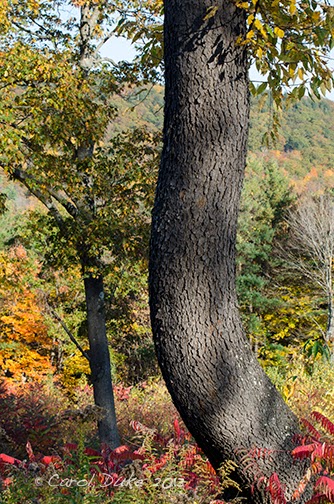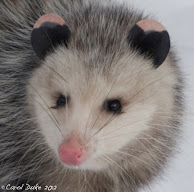As Twenty-thirteen comes to a close, I happily begin my annual series of sharing precious highlighted encounters with wondrous wildlife here on my farm . . . from the days, months, pages and frames of this last year, pixels will emerge revealing a shared wildness reaching inwards as it dances in the breezes gently floating through fields and forest. Plant, flower and tree memories will also resurface in the upcoming weeks . . . a lovely way to nurture the imagination and keep its rich soil soft and supple throughout the long freezing winter. I hope all visiting this blog might find the stories hopeful and inspiring too.
Gardening for wildlife is surprisingly, one of the greatest joys of my life . . . joys that are so intricately connected to my well-being and that of our earth. Surprising, still, to this day, for when I first put garden fork and spade into the dark loamy crust covering my land, I had a more painterly plan. Though loving birds and butterflies for most of my life, I had no idea of the numbers, the intricate beauty within the variety of species that would find Flower Hill Farm to their liking, satisfying their requirements for raising a family of their own.
My consciousness today has evolved as the gardens and land around me have taught me to listen and see more than what I first started out imaging a garden to be. Though many basic ideas and convictions, such as never using poison i.e. pesticides and chemical fertilizers, have remained constant and even more mindful, I have yielded to other more relaxing ways of living with my landscape and for many reasons, I am so much happier for surrendering.
Stepping out into gardens, fields and forest, and feasting on these startling and strikingly beautiful creatures, can be as thrilling as stepping out of a vaporetto onto old Venetian stones, or as powerful as standing before a vast ocean or orchestra. Sometimes it feels like a fairy tale, with all the macabre features thrown in, and yet it is the most intimately real of our reality and the most precious, as our children and grandchildren, to protect.
There were many new 'first sightings' for me this year along with some noted absences. Most noted would have to be the Monarch butterfly and marking the first year, since thirty have passed, of not finding the female's eggs or caterpillars to raise. In fact, I only had three Monarch butterfly sightings in my garden this past season, after years of reporting hundreds over the summer and fall. We all know now, that the entire northeast and more has lost, perhaps forever, the glorious migration of the monarchs due to round-up ready crops and sprayings along their migration route here in the US. I hope we are all planting milkweed and also calling our reps in Congress and that Monarchs will again fly into our gardens and fasten their eggs to milkweed. This absence is just an flicker in the huge flame growing in our warming world and hopefully we may see more urgent action taken to curb our carbon footprints and by investing in clean, green energy.
There is much to explore and share over these coming chilly months bringing us into the New Year.
2013 brought me a cherished grandson. It was a year of getting organized and of dear friends who made that possible, of being accepted into a manuscript group and beginning to put form to my book, 'A Bestiary . . . Tales from a Wildlife Garden'. I will continue to post a monthly installment, as I have done for the last two years, over at Native Plants and Wildlife Gardens. Lovely chamber concerts, painting workshops and walks along the sea have delighted me. Lots of improvements and finishing touches for the retreat and many, many wonderful guests visiting from all over the world have enriched my life.
I have been writing here less and less, but my blog, and the connections I have made through it, is still very important to me. I am so appreciative of your kind words of support. Thank you! I will continue to write about this Western Massachusetts hillside paradise, but I will be moving my blog soon. I am working with a website builder in creating a new website for my retreat and my work. My blog will be moved to, the soon to be newly developed, caroldukeflowers.com sometime in the next month or so. I will, sadly, lose all the followers I have here, but hope to figure out a way to reconnect with you. I want to wish you all . . .
HAPPIEST OF NEW YEARS! MANY BLESSINGS FOR 2014!

















































































































.jpg)



































































